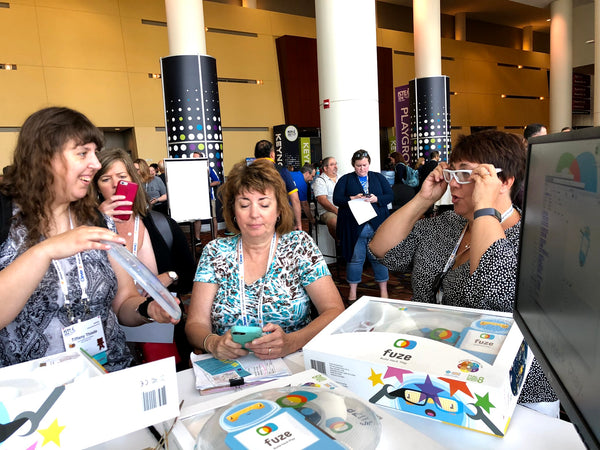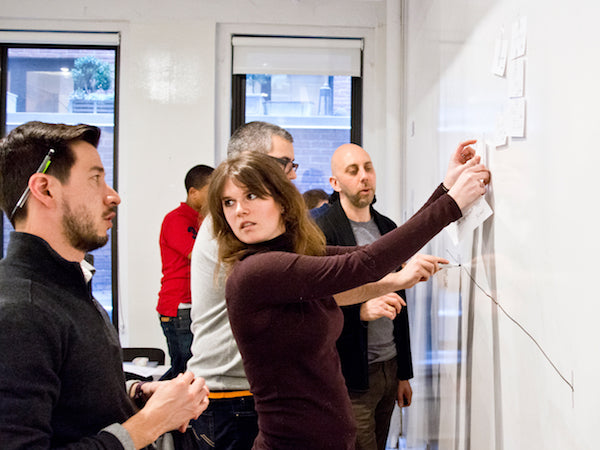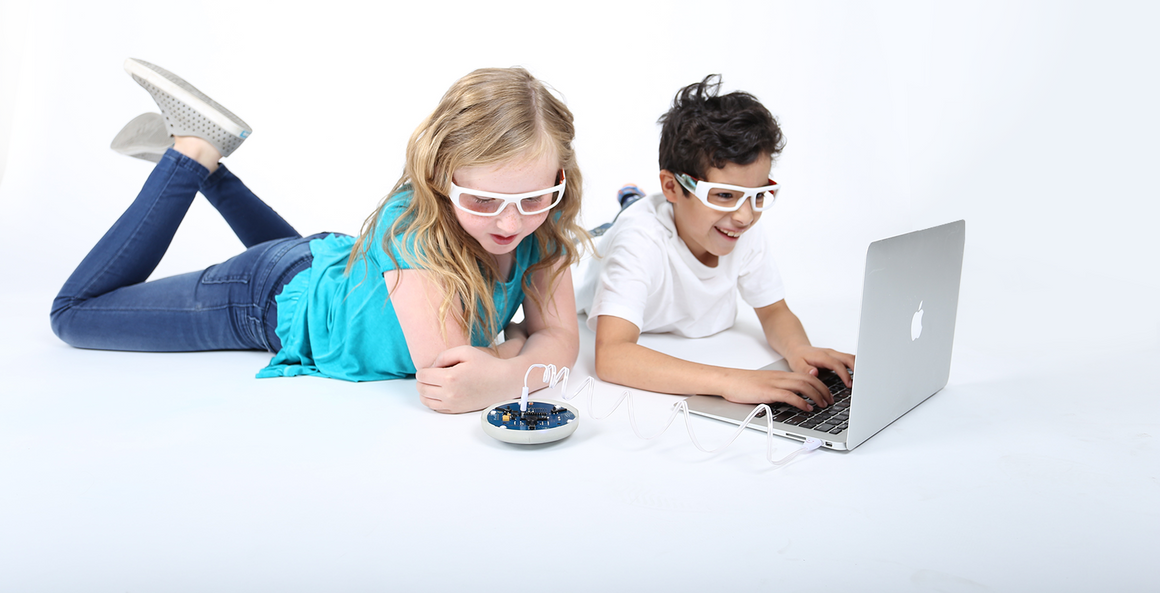Tech Specs
Code Zubi Flyer
In The Box
- Zubi Flyer Frisbee
- Illuminator Printed Circuit Board
- Magnet Wand
- Instructable Booklet
- Happy Face Micro-USB
- Diffraction Glasses (2 Pairs)
- Battery
- Accessory Box
Built-In Features
-
12 Fun Games
Newbie Zubie, Catch the Light, Hot Potato, Copy Cat, Hand Harmonica, Telephone, Pong, RGB Light Hack, RGB Single Light Hack, Shortcut Hack, Mood Light, Name that Tune -
Connect Online
Connect Zubi to a computer to learn coding -
Tactile Building
Physically assemble the flyer - Educational Instructable - Learn how Zubi works, or explore fun facts about electrical current flow and different forms of energy
-
Creatively Explore Light
See light differently with our fun light diffraction glasses, and play with over 16 million hues of color -
Digitally Explore Sound
Control 7 octaves of sound with the buzzer -
Electronics Exploration
Reed & Button Switches, 7 Octave Piezo Buzzer, Circuits & Circuit Board, Microcontroller, Push Buttons, RGB LEDs, Electrical Current Flow, Forms of Energy -
Arduino - Open Source
Our programs are FREE for anyone to use with access to FREE code repositories where you can explore the endless possibilities of coding your Zubi Flyer -
Online Learning Portal
Our FUZE website will have a FREE learning portal that will have a minimum of three courses that will walk you through the process of changing code on your flyer
Electronics Parts
- PC Board
- IC MCU 8BIT 32KB FLASH 44QFN (ATMEGA32U4)
- AUDIO PIEZO TRANSDUCER 30V TH
- 5050 APA102C THREE-COLOR LED SMD
- PHOTOCELL 27-60KOHM
- SWITCH REED SPST-NO 500MA 140V
- TACTILE SWITCH SPST-NO 0.02A 15V
- SWITCH PUSHBUTTON SPST 2A 14V
Microcontroller Specs
The Zubi Flyer is the bomb dot com for makers: 5 PWM pins, 12 DIOs as well as hardware serial connections Rx and Tx. Running at 16MHz and 5V. The onboard switch-mode boost regulator is designed to operate on 3 Volts. Power can be supplied from a 3 Volt CR123A battery or from a USB cable that provides regulated +5 Volts DC to the board. Do not run any power exceeding 5 Volts as the regulator cannot handle step-down voltage.
- ATmega32U4 running at 5V/16MHz
- Supported under Arduino IDE v1.0.1
- On-Board micro-USB connector for programming
- Rx and Tx Hardware Serial Connections
System Requirements
-
Real Code
Learn C -
Downloads
Zubi Flyer .ZIP Library
Zubi Flyer Drivers (Windows only) -
Supported OS
Mac + Windows -
PIN Assignments
See PIN Assignments HERE


 The Best Kind of Toys for Kids
The Best Kind of Toys for Kids Is play that is unstructured important?
Is play that is unstructured important? The Most Important Ingredient - Boredom
The Most Important Ingredient - Boredom The Absence of Play Can Be Harmful
The Absence of Play Can Be Harmful

